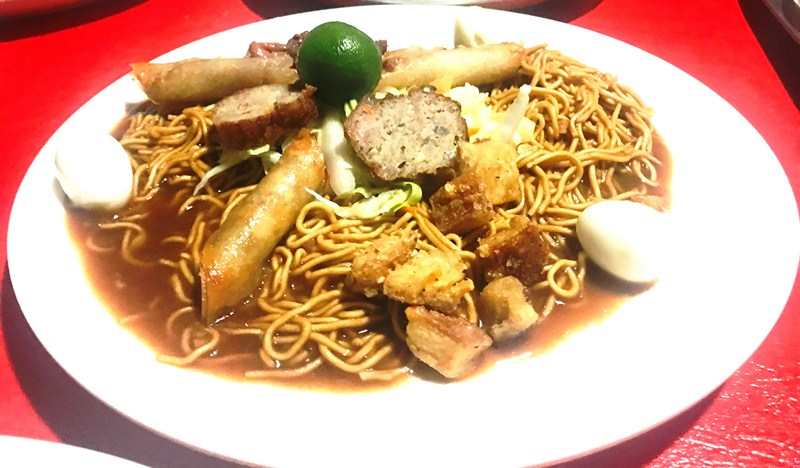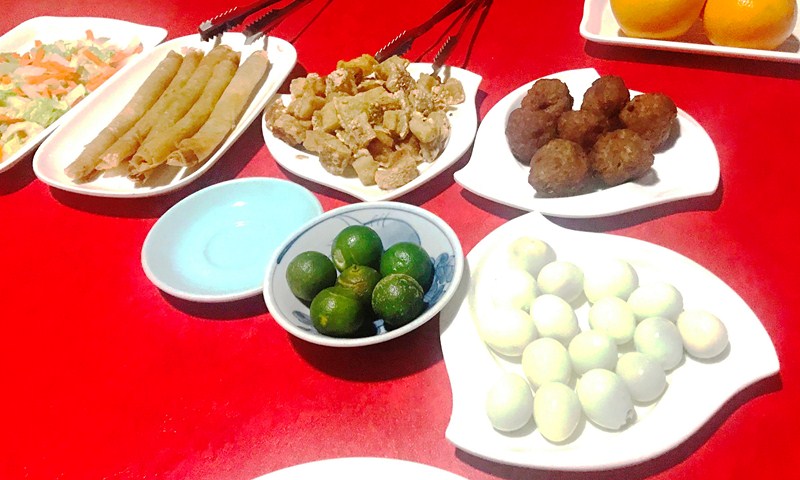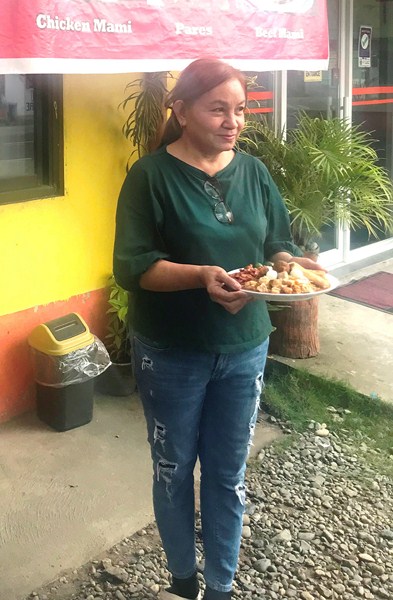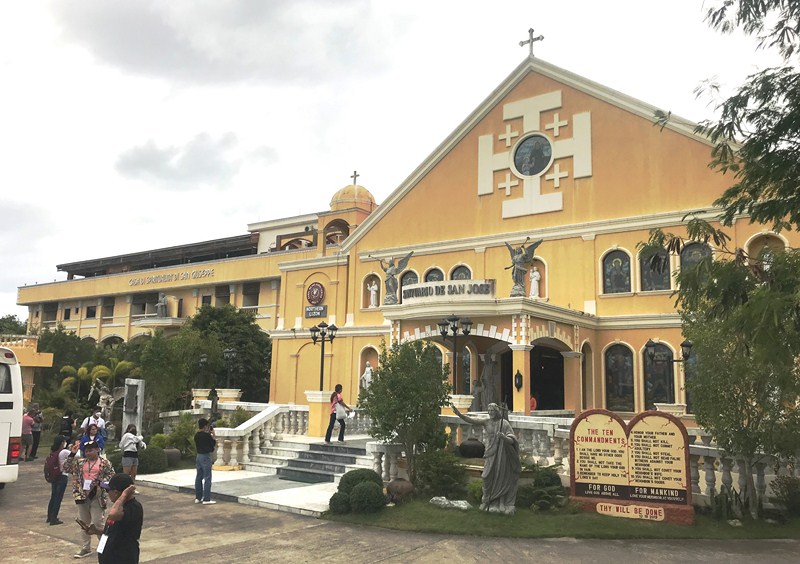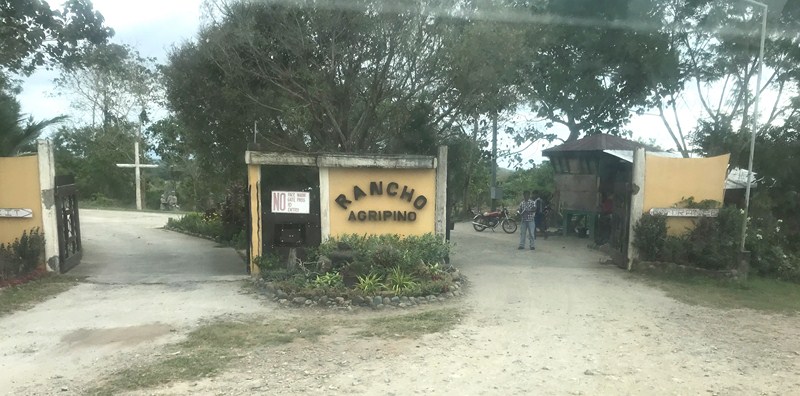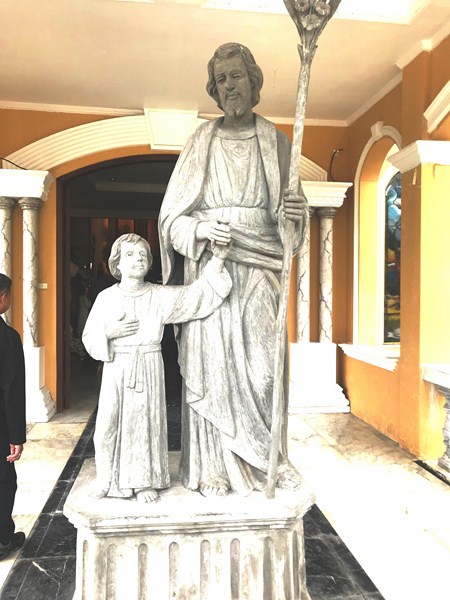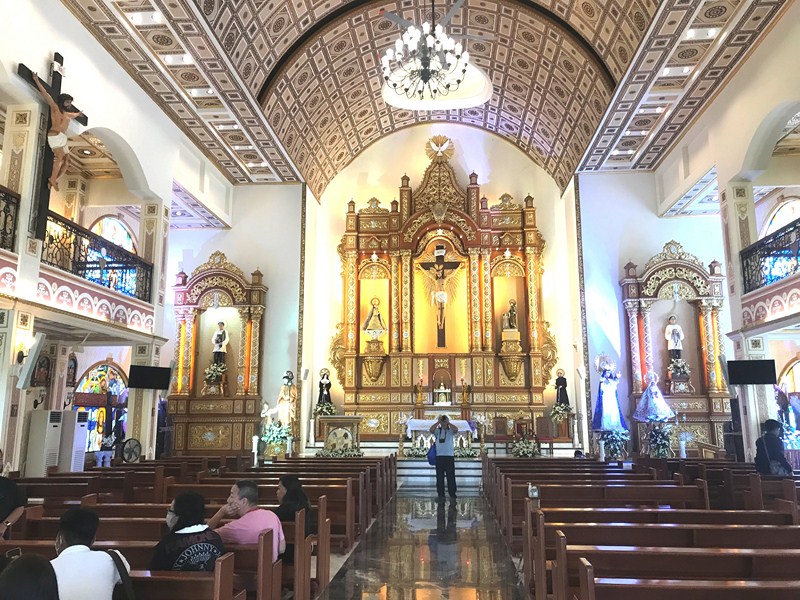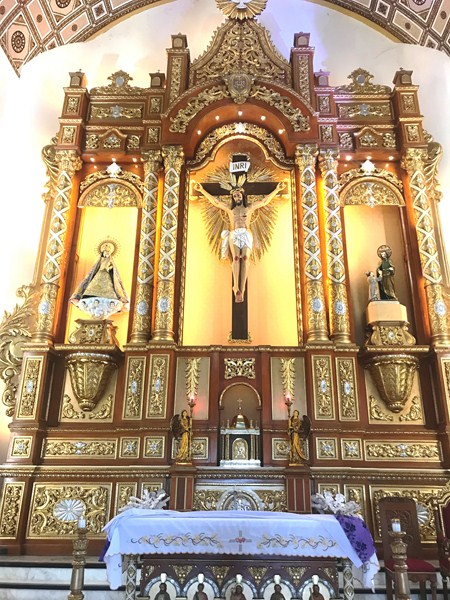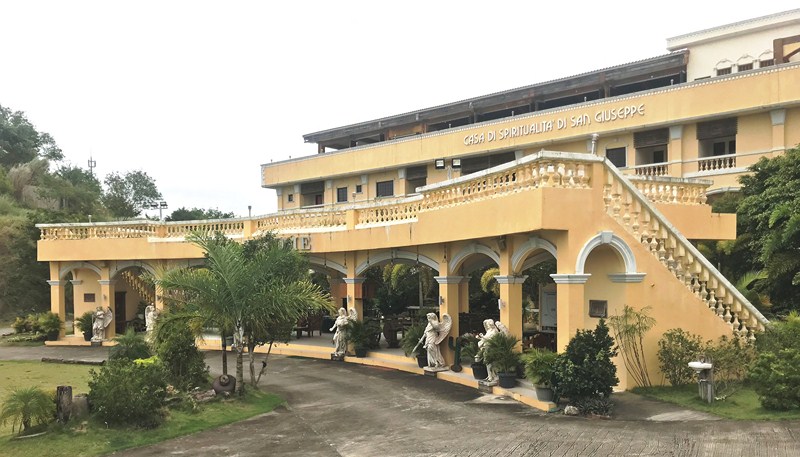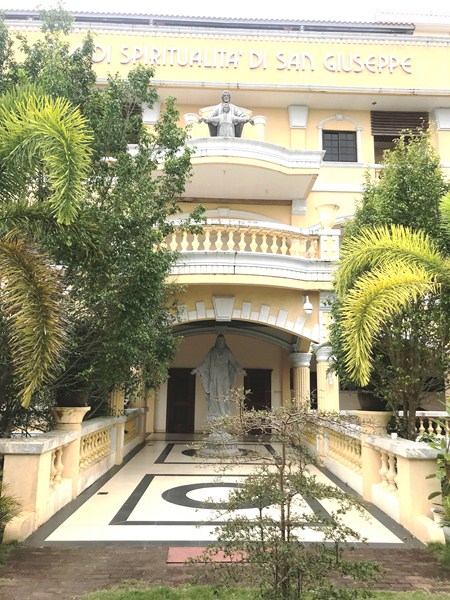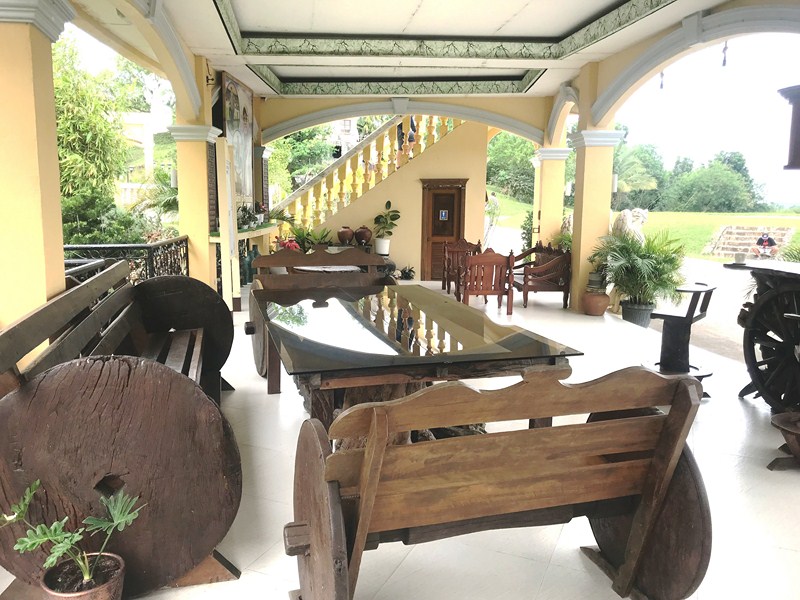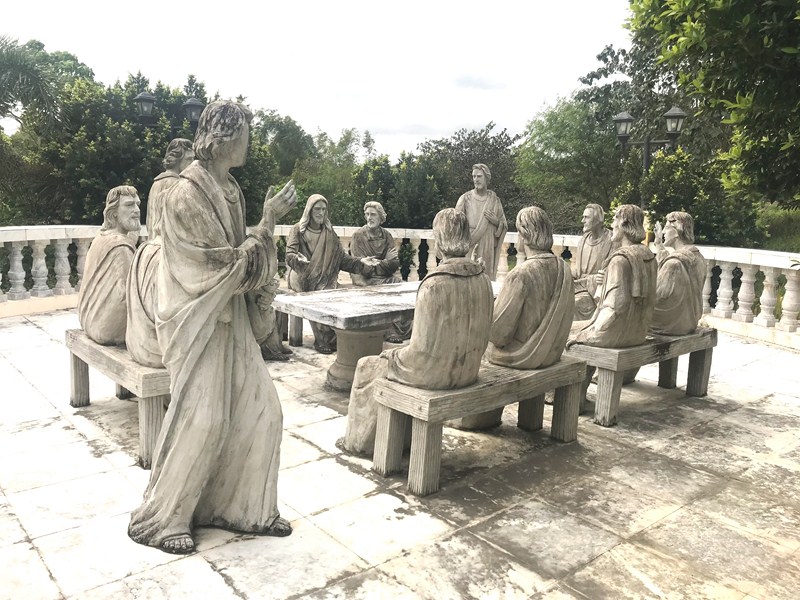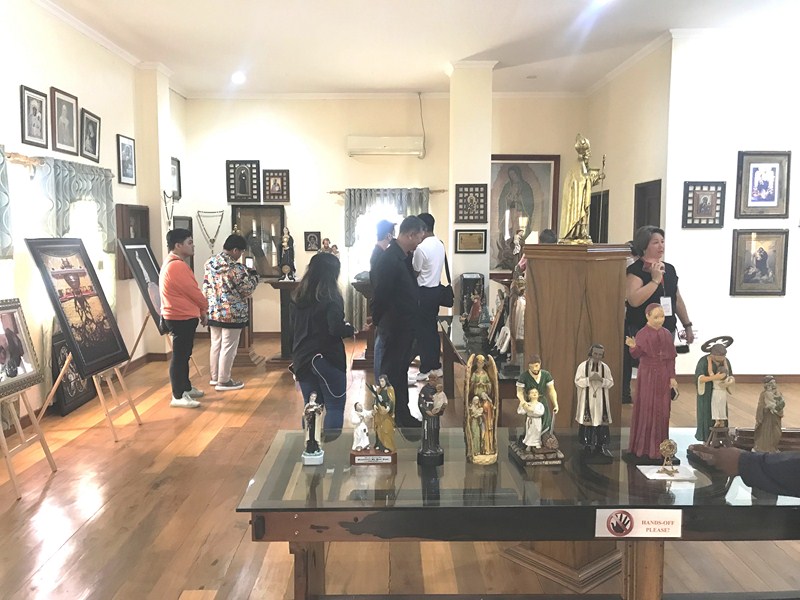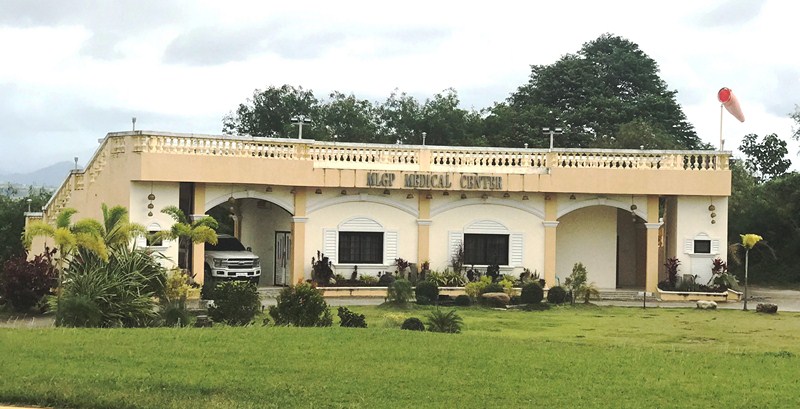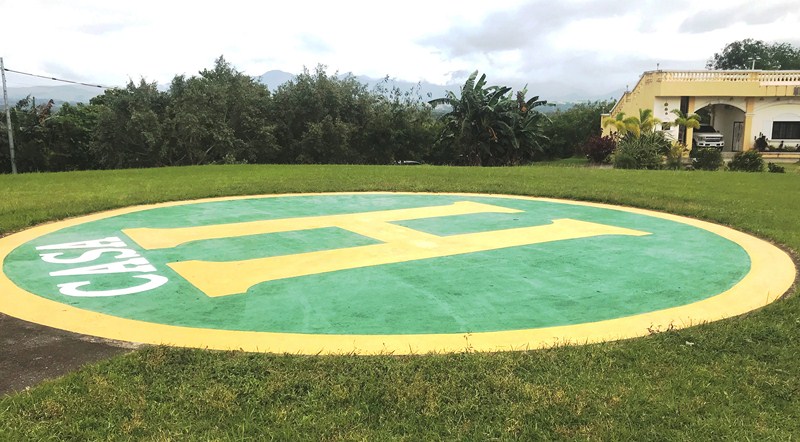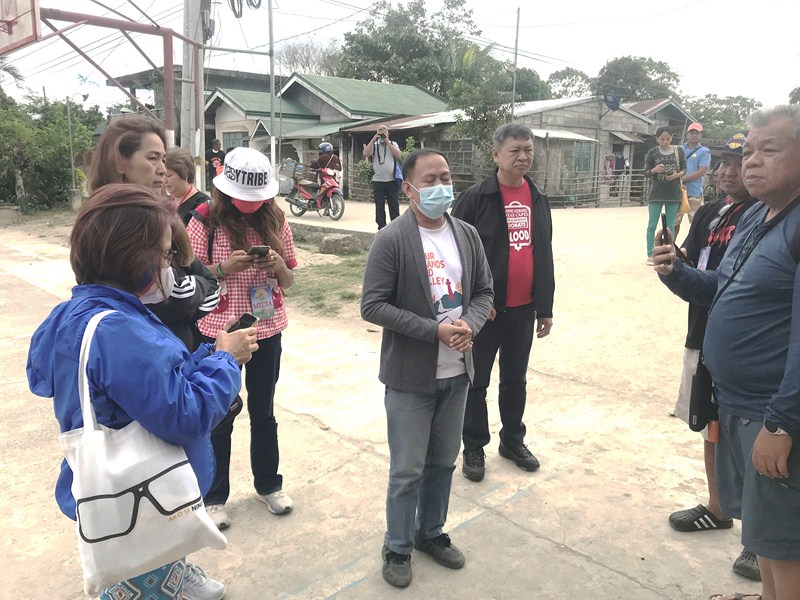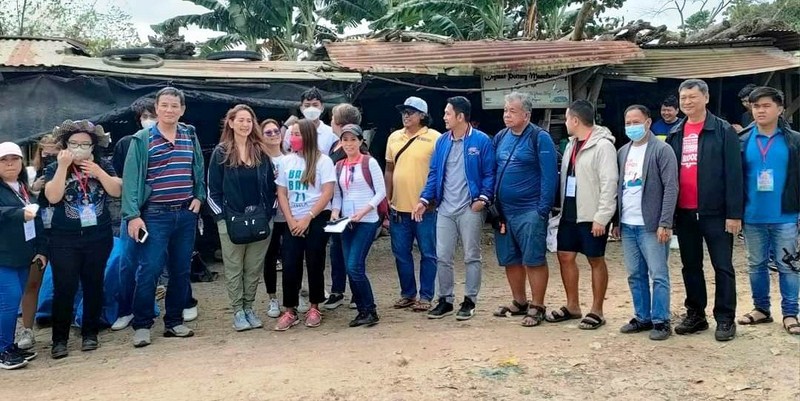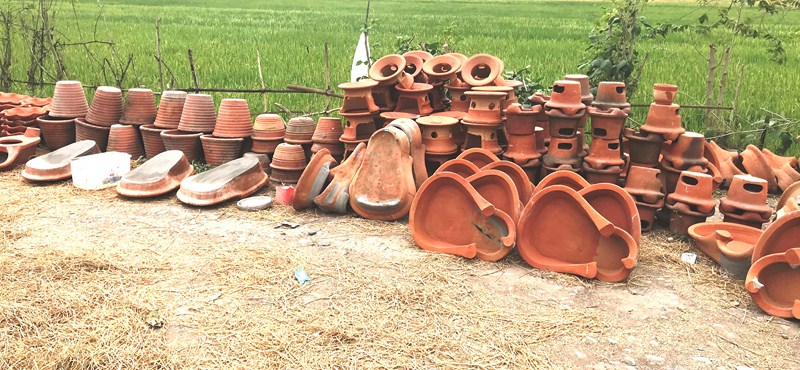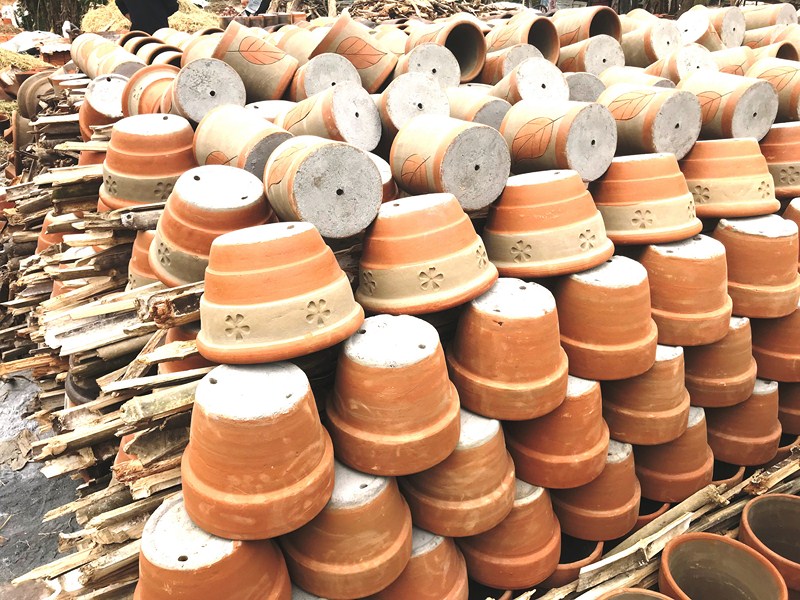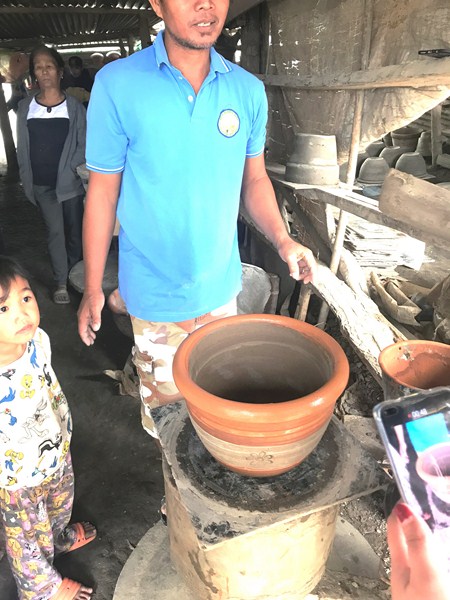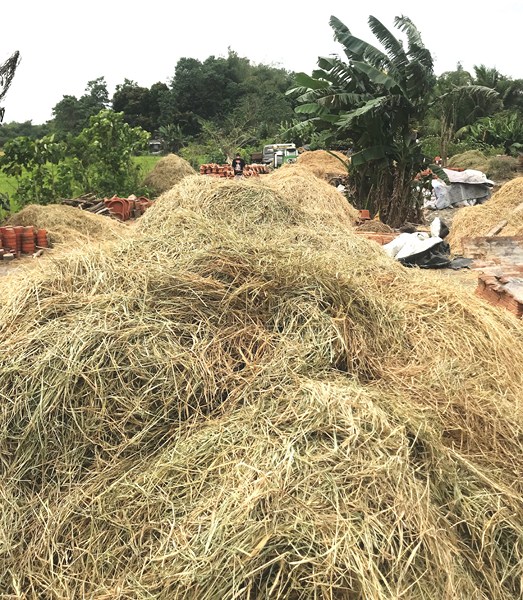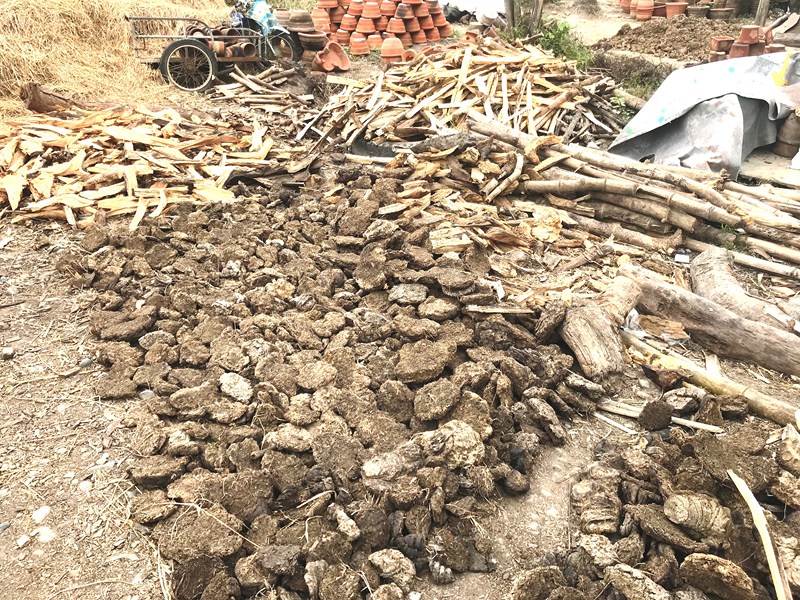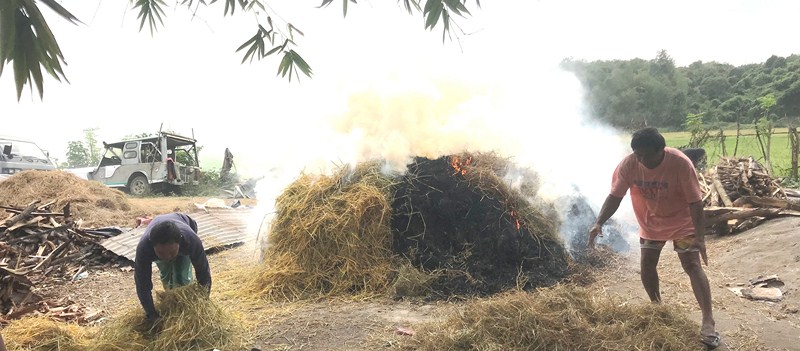Prior to our return to the City of Ilagan from Cabagan, we took time out to observe the making of the festive, hearty and mouth watering Pancit Cabagan (a must try if you are in Cabagan) at Mariloi’s Panciteria and Restaurant, one the well known pansiterias in the town. Here, we were welcomed by owner Ms. Marivic Tagao who would demonstrate how this unique, saucy pansit dish variety is prepared.
But first, the history of the origin of the uniquely delicious Pancit Cabagan (or Pansi Cabagan, pansi being the Ybanag term for pansit), considered as one of the most popular food in the province and the Cagayan Vallley and a symbol of the town’s culture and heritage.
Just like any other noodle dish in the country, Pancit Cabagan is of Chinese origin. In 1887, according to a research conducted, a group of Chinese traders, originally from Amoy (now Xiamen), China, landed in Aparri (Cagayan). Among them was Sia Liang (also known as Diangga) who married Augustina Deray Laddaran, a Filipina, and established a panciteria in Cabagan during the pre-war period, using ingredients that were locally available at that time.
Today, many roadside eateries and restaurants in this town offer their own take on this very filling noodle recipe. This pansit version makes use of miki noodles (made with wheat, flour, lihiya and eggs) and eggs similar to that of Tuguegarao’s Pancit Batil Patung (translated as “beat the egg” and “place on top”).
However, the eggs are boiled and not poached. Quail eggs (pugo) are commonly used to make this dish. This pansit version also has more sauce (sweet and salty) compared to the others. The noodles are not submerged in sauce or broth, so this cannot be categorized as mami (noodle soup).
Marivic showed us how the miki noodles were cooked in oil in a wok, Upon draining, the already prepared toppings that make this pancit truly delicious are were generously added – bite-sized slices of lechon carajay (crispy pork belly boiled with spices and deep fried), lumpia shanghai (fried egg roll), meatballs, quail eggs, a medley of veggies and cooked igado (stewed pork liver). This was served with calamansi (Philippine lemon). We all took turns trying out this iconic dish.
The restaurant also serves delicious bulalo (soup with bone-in beef shank), beef mami, chicken mami, pares (braised beef stew), lomi, dinuguan (Filipino version of blood stew) and papaitan (a bitter soup made from cow’s innards). The flourishing noodle industry of the town has spawned the annual Pansi Festival (every January 16-25, the patronal Feast of St. Vincent Ferrer) that includes events such as a noodle contest, beauty pageants and cultural and sports competitions.
Mariloi’s Pancieria and Restarant: Maharlika Highway, Brgy. Cubag, 3328 Cabagan (near Isabela State University-Cabagan Campus and beside 4J Hotel), Isabela. Mobile number: (0917) 505-1269. E-mail: marlontagao@yahoo.com. Open daily, 7 AM – 10:30 PM. Coordinates: 17.41936,121.79452.
How to Get There: Cabagan is located 458.1 kms. (a 10-hr. drive), via the Pan Philippine Highway/AH26, from Manila and 45.4 kms. (a 1-hr. drive) from the City of Ilagan.

